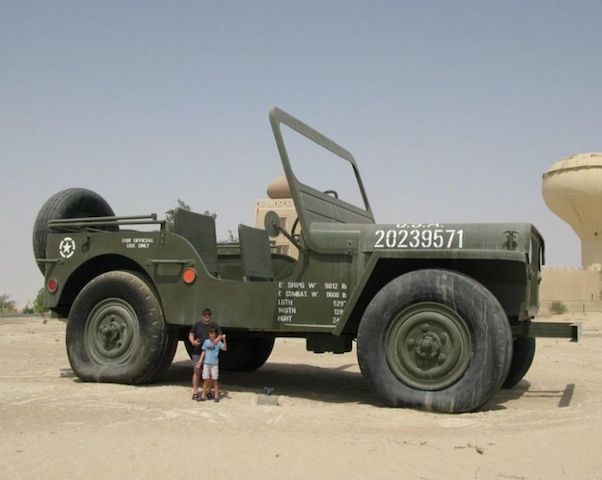
Back in 2004, a litre of 91 octane petrol cost a little over $1 … and New Zealanders bought 32,384 large and medium cars, models like the Holden Commodore and Ford Falcon, and Honda Accord and Mazda 626
Fast forward to 2014 where a litre of 91 unleaded can cost around $2 … and New Zealanders at the end of October had bought 9610 large and medium cars, according to Motor Industry Association figures.
That’s a drop in almost 10 years of 22,774 units in segments that once formed the backbone of the NZ car scene. Simply, sales of large and medium cars since 2004 have plummeted.
Another twist on the 2004 statistic: Of those 32,384 cars, 18,536 were large and 13,848 medium. Large cars sold at the rate of around 356 a week, medium cars at around 266 a week, or a combined weekly sales rate of 622. That was then.
After 10 months of this year, 3970 large and 5640 medium cars have been sold. Large have been selling at roughly 90 a week, medium at 128 a week, or a combined 218. That’s a drop over 10 years of 356 to 90 sales a week for large cars and 266 to 128 for medium cars.
Therein lies the story of the changing face of the NZ car scene over the past 10 years. Sure the price of fuel has gone up, but that’s not the sole reason for change. Buyers’ priorities shift; carmakers either create the shift or follow it. So where have the sales of large and medium cars gone? You need look no further than sports utility vehicles, or SUVs.
In 2004, SUV sales totaled 12,854 units, made up of 5390 small, 4755 medium, 1280 large, and 1429 ultra-large, at an average of around 247 sales a week. In 10 months of 2014, SUV dealers moved a whopping 31,155 units at an average of 710 a week.
The breakdown to the end of last month was: 8666 small, 11,838 medium, 10,257 large and 394 ultra-large. That’s overall growth in 10 years of 710 SUVs a week compared with 247 back in 2004. Around three out of every 10 new vehicles sold in New Zealand in 2014 has been an SUV.
The 2014 year has almost two sales months left and the SUV segment has grown by 18,201 units in a decade, swallowing up large and medium sedans along the way. Small SUV sales in 10 years are up by 3276 units, medium by 7083, large by 8977, and ultra-large down by 1035. The decline in ultra-large sales is mostly because of the wider choice of medium and large SUVs.
What hasn’t changed much in 10 years is the small car market. In 2004, cars like the Toyota Corolla, Ford Focus, and Mazda 323 accounted for 17,834 sales. So far this year, 19,281 have been sold, or 7.5 per cent more than in 2004.
But the sales of 13,166 light cars – Toyota Yaris, Mazda2, Ford Fiesta – at the end of October were 63 per cent up on the 8375 units sold in 2004. Analysts say sales of light and small cars and crossover/SUVs will continue to grow. Sports cars at the end of October totaled 933 units, down 37 per cent from the 1300 sold in 2004.
The main players Toyota, Holden, Ford, Hyundai, Mazda, Nissan and Co. have all enjoyed growth of between 3 and 13 per cent. Mitsubishi is the standout among them, up more than 20 per cent year on year. But what about the fringe nameplates? Here are a handful. The first total represents sales at the end of October 2013; the second is sales at the end of October 2014, followed by the percentage growth.
- Alfa Romeo – 150/218 = + 45%
- Citroen – 273/340 = + 25%
- Fiat – 343/733 = + 113%
- Jeep 682/1106 = + 62%
- Land Rover – 443/799 = + 80%
- Maserati – 10/66 = + 560%
- Porsche – 169/245 = + 45%
- Renault – 114/260 = + 128%
- Skoda – 591/735 = + 24%
- Ssangyong – 1011/1585 = + 57%
- Volvo – 211/377 = + 78%
